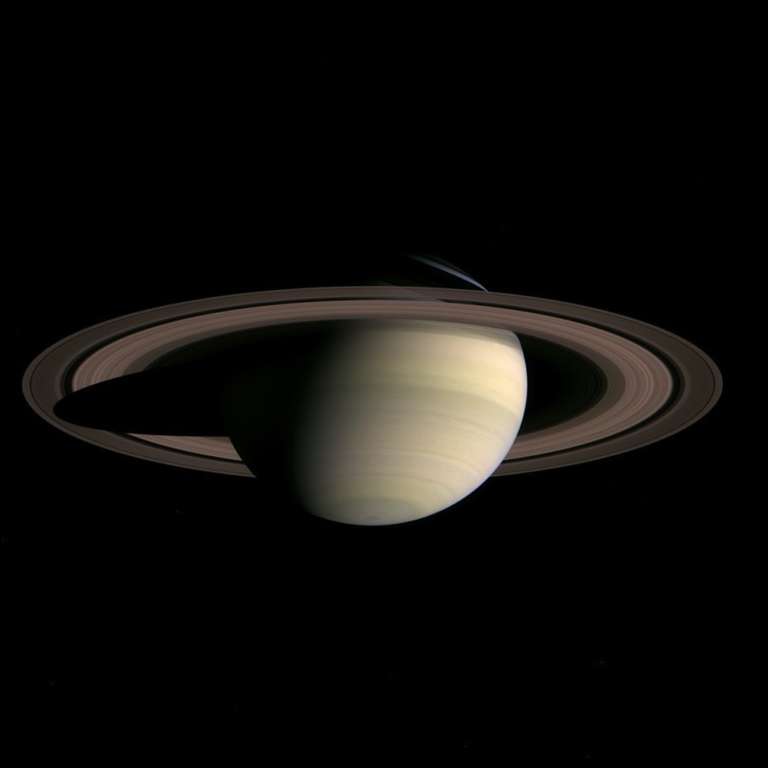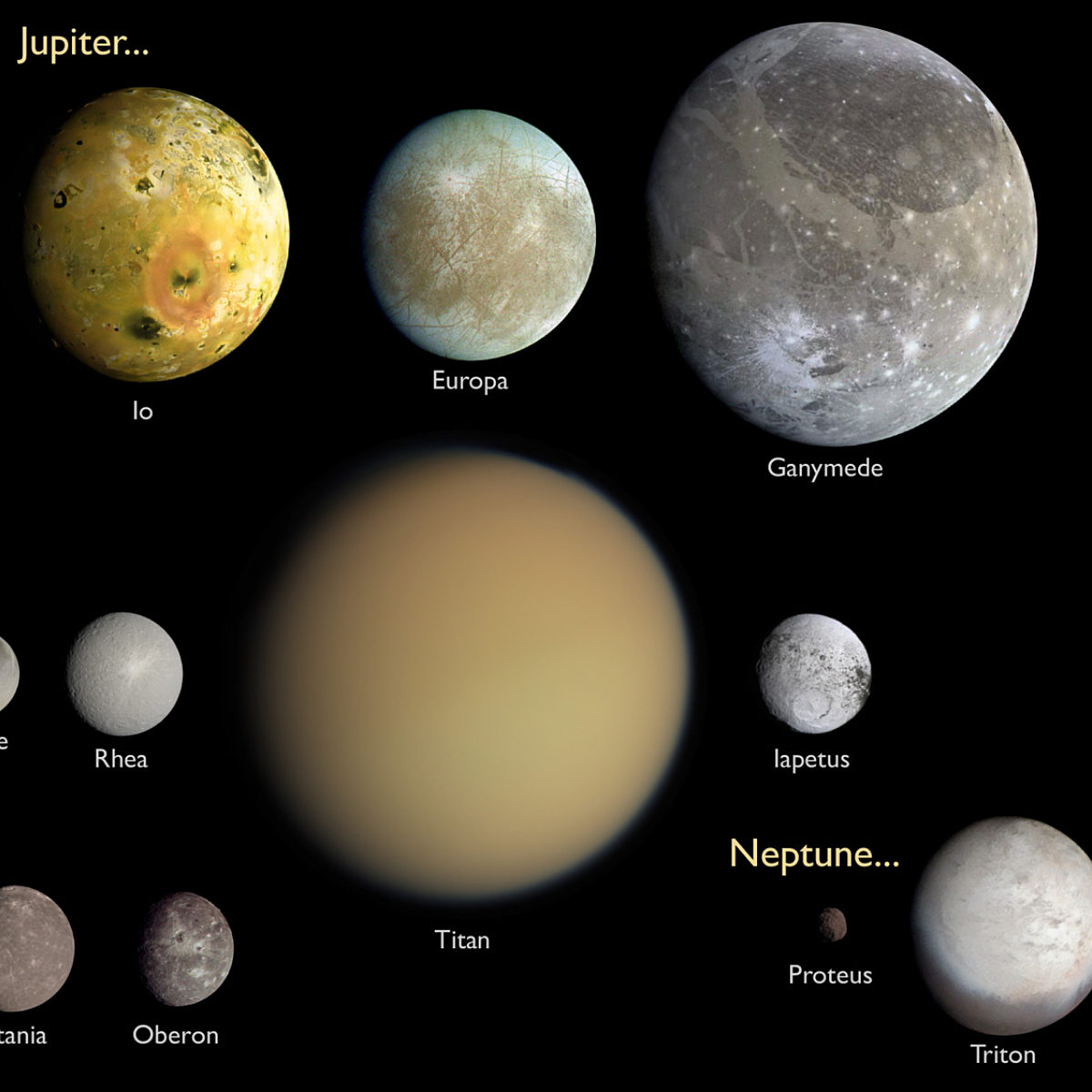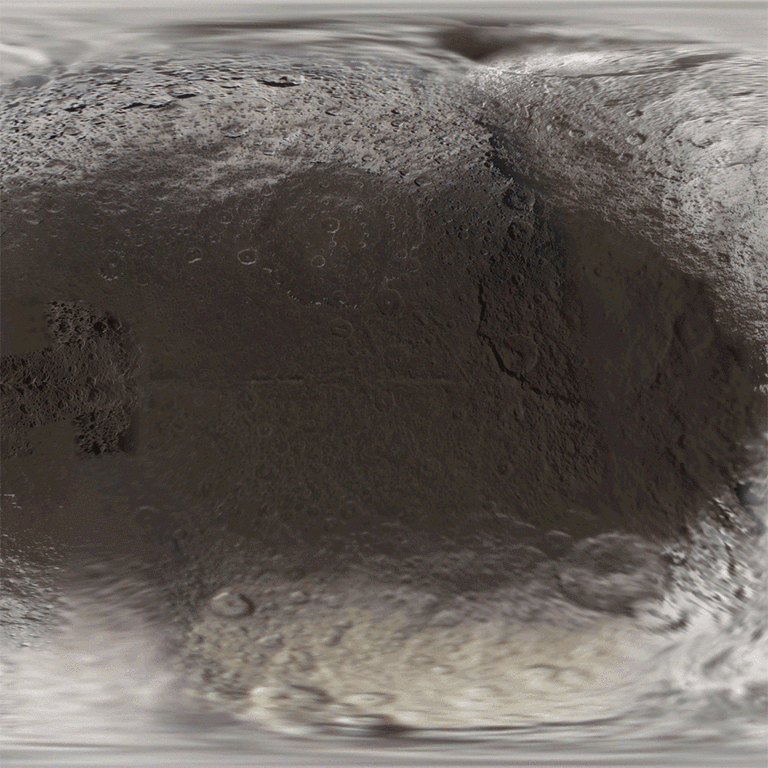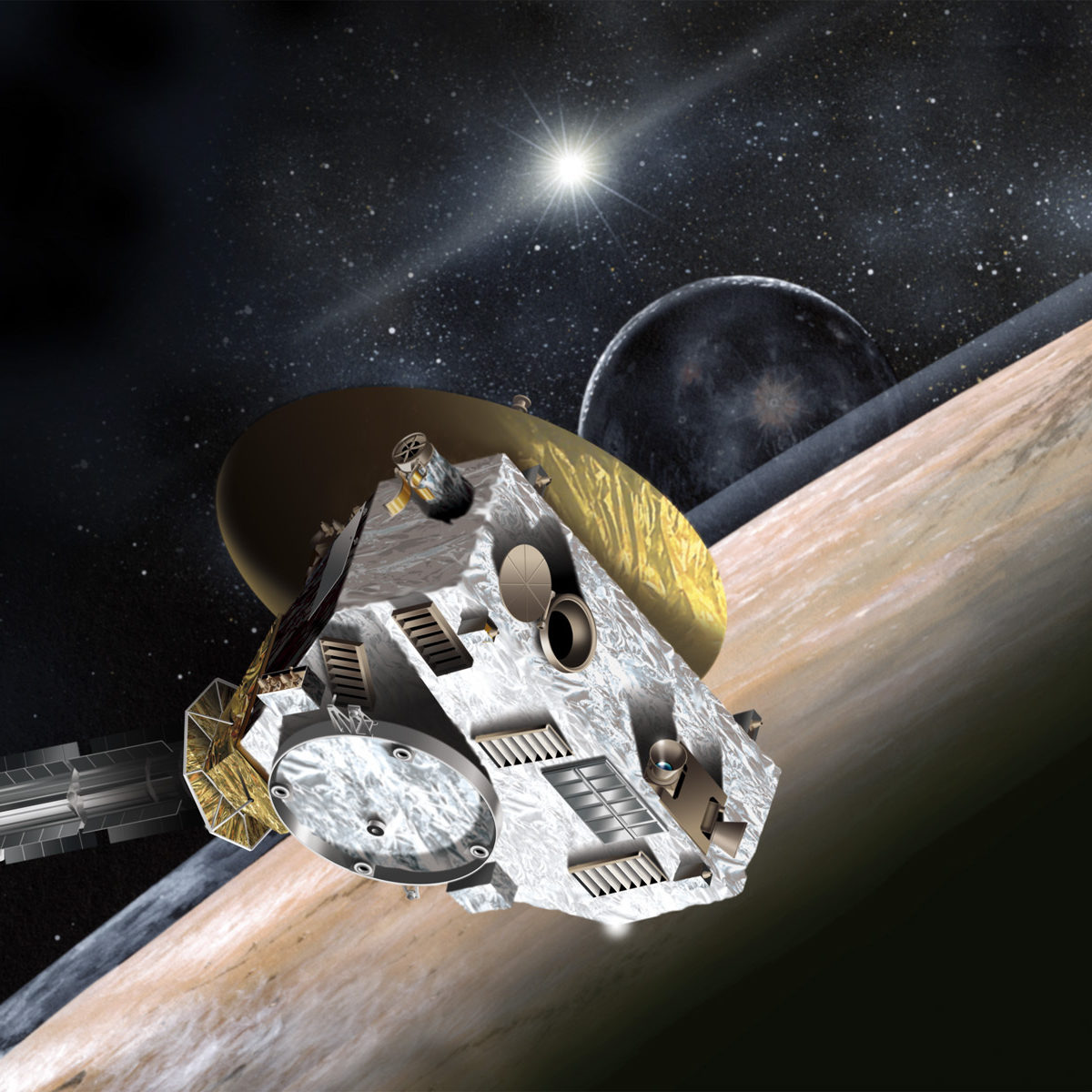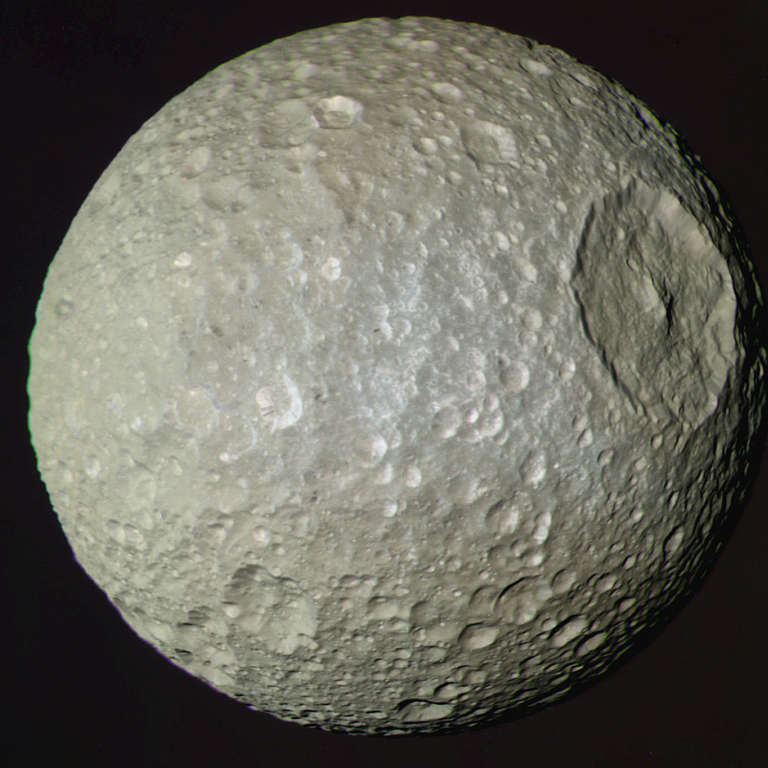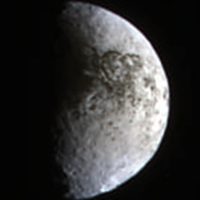All
All
Stories, updates, insights, and original analysis from The Planetary Society.
Explore spinnable Saturn and Jupiter moons with Google Maps
Google Maps released several new map products that allow you to see the locations of named features on many solar system planets and non-planets, spinning them around in space with your mouse.
Capturing the Rhythm of Space: Insights from 47th DPS Meeting
The Division of Planetary Science (DPS) Meeting saw many exciting scientific discussions spanning the range of processes on different planetary bodies, as well as their replication in the laboratory and in models.
Pretty Cassini pictures: animation of Iapetus' north pole, and other fun
Now that Cassini has returned to Saturn's equatorial plane, it has lots of opportunities to observe Saturn's moons. For about a week, Cassini has been taking regular sets of images of Iapetus, which I've assembled into an animation.
A Sky Full of Stars
In pictures of the planets, the stars aren't usually visible. But when they do appear, they're spectacular.
Scale comparisons of the solar system's major moons
A few presentation slides with pretty pictures, sized to scale, of the large moons of the solar system.
Sturzstroms on Saturn's Moon Iapetus
Long-runout landslides (sturzstroms) are found across the Solar System. They have been observed primarily on Earth and Mars, but also on Venus, and Jupiter’s moons Io and Callisto. I have just published a paper about sturzstroms on Iapetus.
Iapetus' peerless equatorial ridge
A new paper in the Journal of Geophysical Research - Planets by Dombard, Cheng, McKinnon, and KayI claims to explain how Iapetus' equatorial ridge formed. Cool!
More radar images of icy moons from Cassini: Iapetus, Enceladus, and Rhea
When I posted about the really cool Cassini SAR images of Enceladus a few weeks ago, I initially wrote that this was the first-ever SAR image of an icy moon other than Titan. Several people (some readers and two members of the Cassini science team!) corrected that statement: Cassini has performed SAR imaging of other icy moons (including Enceladus) before.
Scale solar system presentation slide, a provisional version for you to review
I'm preparing a talk for the Pacific Astronomy and Telescope Show here in Pasadena on Sunday afternoon at 1:45. I have spent the morning putting together a slide that I have long wanted to have for presentations.
New Horizons workshop, day 1: Chemistry & climate on Pluto & other cold places
Today and tomorrow I'm attending the New Horizons Workshop on Icy Surface Processes. The first day was all about the composition of the surface and atmosphere of Pluto, Charon, Triton, and other distant places.
LPSC 2011: Day 4: Ted Stryk on icy moons and The Moon
Here are Ted Stryk's notes from the sessions he attended in the afternoon of Thursday, March 10, at the 42nd Lunar and Planetary Science Conference.
Door 6 in the 2010 advent calendar
Time to open the sixth door in the advent calendar. Where in the solar system are these snowy slopes?
Fly over Saturn's icy moons
A couple of weeks ago Paul Schenk posted a few really cool videos to his personal blog. Paul's subspecialty is the topography of icy moons, and he's been doing a lot of work on the moons of Saturn lately.
Goodies from the latest Cassini data release
I've spent a pleasurable hour or so browsing over the latest release of images from Cassini to the Planetary Data System.
Hello, snowman! (Cassini observes Iapetus)
I visited the Cassini raw images site today and was pleased to see another couple of sets of images have been captured on Iapetus.
Planetary Society Advent Calendar for December 20: Iapetus
Iapetus! I'm always interested in Cassini images, but five years ago this month I was refreshing the Cassini raw images website several times a day, eagerly anticipating the mission's first good encounter with Iapetus.
Beautiful mosaic of the Voyager mountains
One of my favorite amateur image magicians, Gordan Ugarkovic continues to play around with the amazing data recently released by the Cassini mission, covering the Iapetus encounter of last September. Here's a lovely mosaic he just put together of the Voyager Mountains.
Showing off Saturn's moons
There was a press release from the Cassini mission today about a pile of papers (14 of them!) being published in the journal Icarus about Saturn's icy moons. I haven't had time to read more than the overview article yet, but I wanted to come up with a graphic for an overview of Saturn's moons, and I couldn't resist delving into the massive database of Cassini images to produce something new
Cassini observes a new face of Iapetus
Cassini has just begun its 44th orbit of Saturn (called Rev 43), and is starting it off with lots of views of famously two-faced Iapetus.
A new way to darken Iapetus
Iapetus is one of the many fascinating bodies in the Saturn system.


 Explore Worlds
Explore Worlds Find Life
Find Life Defend Earth
Defend Earth


 Sun
Sun Mercury
Mercury Venus
Venus Earth
Earth Mars
Mars Jupiter
Jupiter Saturn
Saturn Uranus
Uranus Neptune
Neptune Small Bodies
Small Bodies
